| Author |
 Topic Topic  |
|
cur10k
United Kingdom
26 Posts |
 Posted - 09/11/2019 : 12:28:11 Posted - 09/11/2019 : 12:28:11

|
Found this pic on Face book
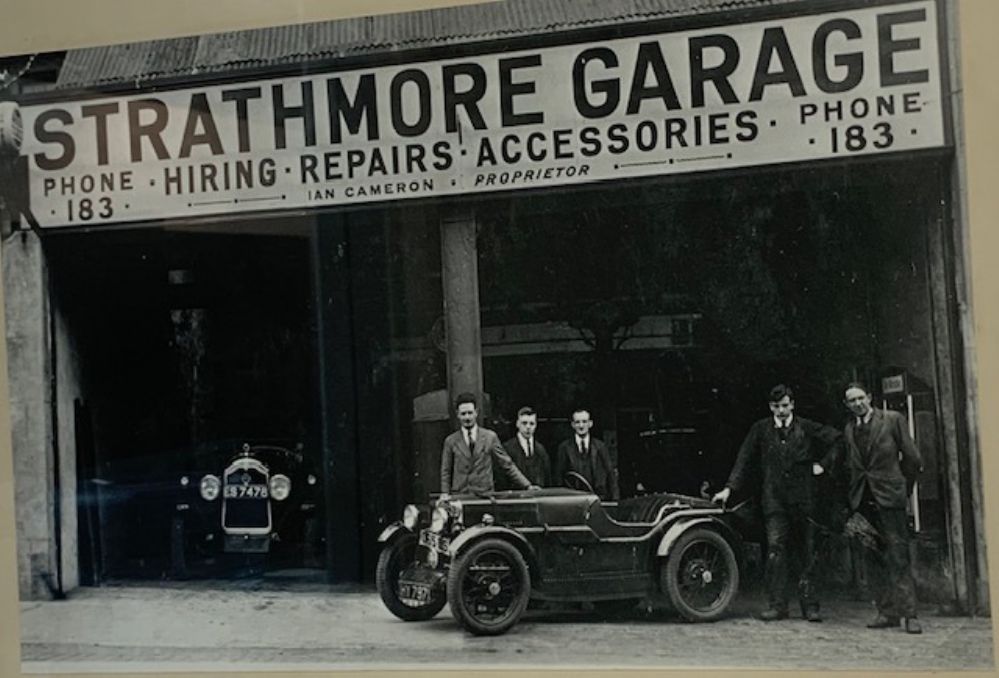
|
|
|
Onno
Netherlands
1114 Posts |
 Posted - 09/11/2019 : 13:06:22 Posted - 09/11/2019 : 13:06:22

|
A double 12 M type it seems.
Lovely picture
Onno "D" KŲnemann |
 |
|
|
Mike the M
United Kingdom
486 Posts |
 Posted - 09/11/2019 : 13:09:58 Posted - 09/11/2019 : 13:09:58

|
That is a better copy of the photograph than I have seen before.
Genuine 12/12 Replica, 2M1988 engine 1683A, and was first registered in Bristol, HY 797. The garage is/was at Main Street, Bridgend, Perth, Scotland and were later Vauxhall and Volvo agents.
What is the other car in the garage?
1932 in London, 1934, Cheshire and 1935 in Buckinghamshire, but this photograph reputed to ne in 1933! It must have been on tour!
The car was last registered in Kent in the 1950s to an A. W. J. Brown. Does anybody know of him, please??
Mike Dalby |
 |
|
|
Cathelijne
Netherlands
748 Posts |
 Posted - 09/11/2019 : 13:10:32 Posted - 09/11/2019 : 13:10:32

|
Could it be the registration reads HY 797? In that case the chassis number is 2BM1988. No further info available  , but what an utterly wonderful pic! Did Facebook not give any further details? , but what an utterly wonderful pic! Did Facebook not give any further details? |
 |
|
|
sam christie
United Kingdom
3196 Posts |
 Posted - 09/11/2019 : 13:41:00 Posted - 09/11/2019 : 13:41:00

|
I notice HY 797 appears to be displaying a trade plate.
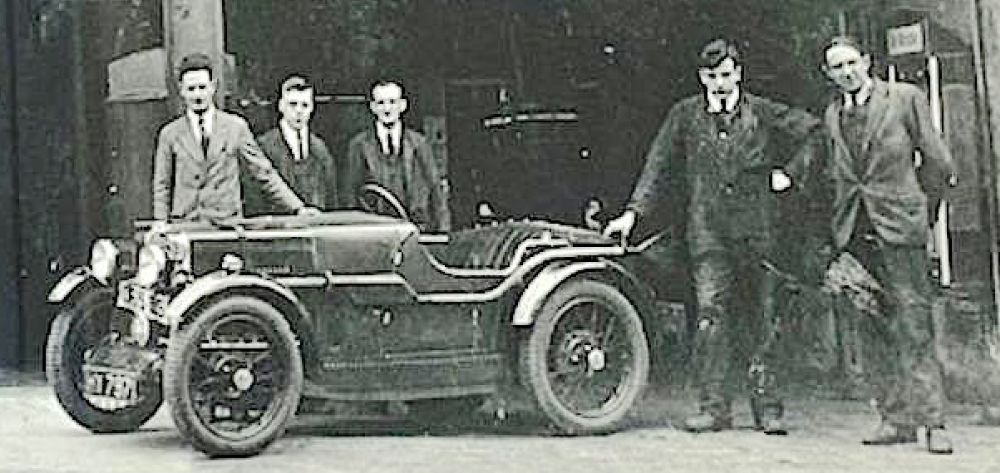
Can anyone identify this car?
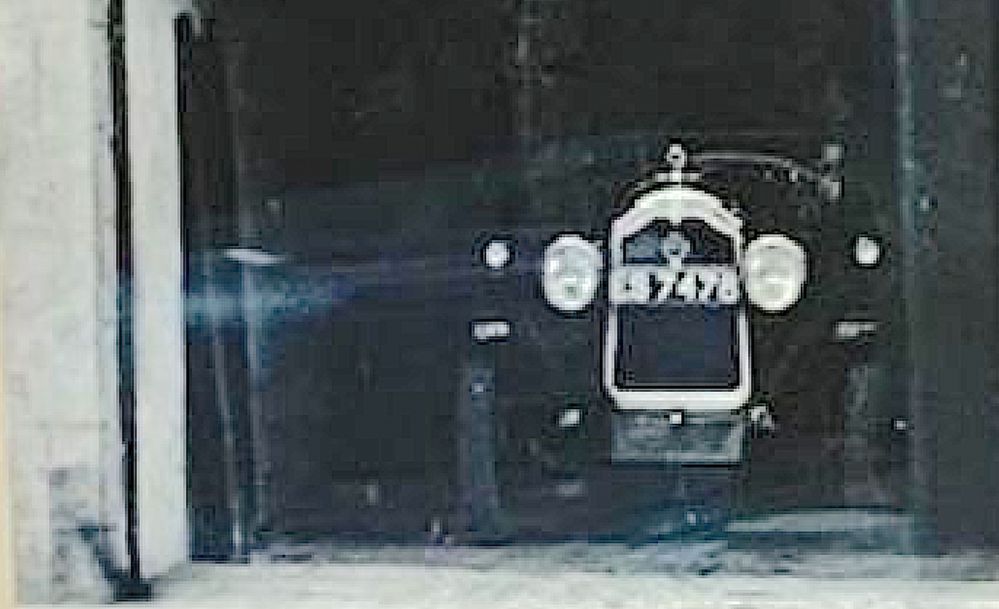
Sam |
 |
|
|
Wiard Krook
Netherlands
18 Posts |
 Posted - 11/11/2019 : 12:18:53 Posted - 11/11/2019 : 12:18:53

|
Just for the record: according to the Works files, on 28 August 1930 the 2/str Brooklands with chassis number 2/M 1988 was fitted with an engine with engine number 1675 A.
The engine with engine number 1683 A was fitted the same day in the 2/str Brooklands with chassis number 2/M 1987.
Wiard Krook
L/0629 |
 |
|
|
Simon Johnston
United Kingdom
6637 Posts |
 Posted - 11/11/2019 : 13:41:16 Posted - 11/11/2019 : 13:41:16

|
quote:
Originally posted by sam christie
I notice HY 797 appears to be displaying a trade plate.
As an aside, the trade plate shown is a 'General' plate with white numbers and letters on a red background which allowed an untaxed or unregistered and perhaps otherwise uninsured car to be used for just about any purpose, however tenuously connected to the motor trade. The 'Limited' plates had red numbers and letters on a white background and they were much more restrictive and could only be used for specific journeys and had to be accompanied by appropriate paperwork.
Simon J
J3437 |
 |
|
|
Mike the M
United Kingdom
486 Posts |
 Posted - 11/11/2019 : 15:58:58 Posted - 11/11/2019 : 15:58:58

|
Yes the official archives do quote as you say, however!
When working on the 12/12 cars for he original book proposed by Mike Hawke, which was subsequently published as 'The Hawke History of the MMM Competition Cars' - and available from our library - I obtained the Bristol records that were cancelled in 1959 and on the back it quotes:-
E no. 1988 )
C no. 1983A ) These are obviously transposed
8h.p.
Part taxed 15.7.50 - 30.9.50 Kent C.C. £2.15.0
A.W.J. Brown, 25, Forge Lane, Ashford, Kent.
So I would suggest that the original factory record are not correct, and that they were transposed!!!
However, I will check at Abingdon on Saturday!!
Mike Dalby |
 |
|
|
Brian Kelly
USA
526 Posts |
 Posted - 12/11/2019 : 22:53:14 Posted - 12/11/2019 : 22:53:14

|
Sam, in answer to your question on the other car. Vauxhall.
https://www.classiccarcatalogue.com/VAUXHALL%201930.html
As I recall Vauxhall were the first to market
a one hundred mile an hour car.
I have always admired how the bonnet line sweeps from the radiator surround.
Brian.
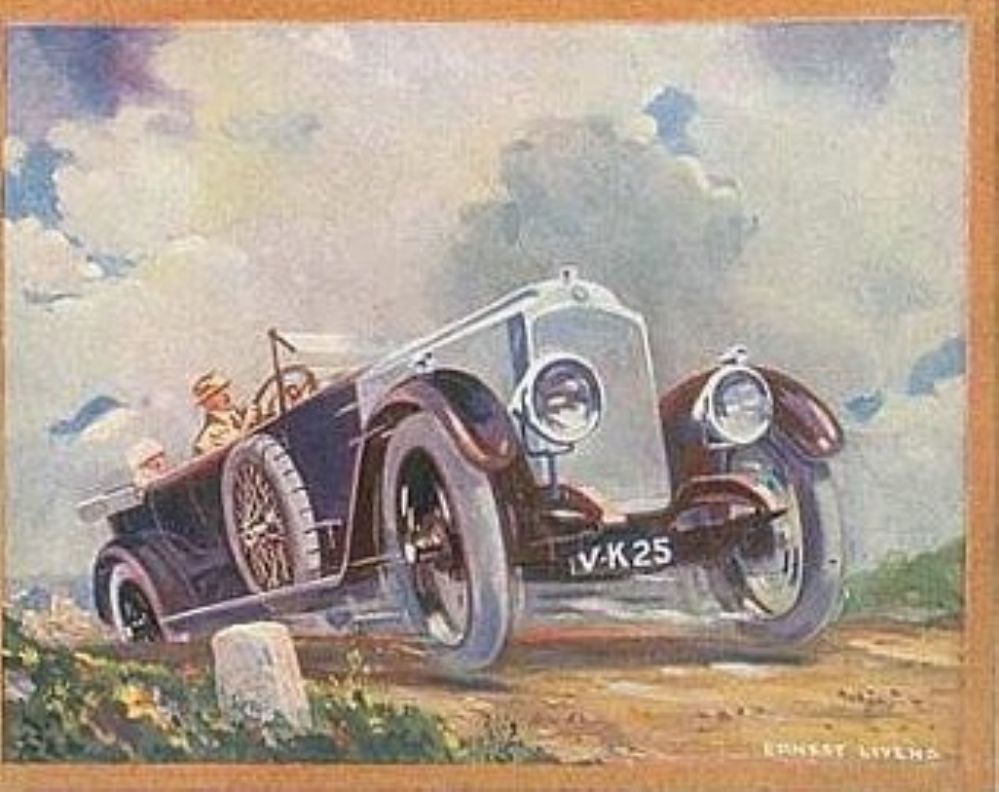
|
 |
|
|
Simon Johnston
United Kingdom
6637 Posts |
 Posted - 13/11/2019 : 00:06:59 Posted - 13/11/2019 : 00:06:59

|
Iím not so sure Iíd agree itís a Vauxhall. The Vauxhall fluted bonnet and radiator is very distinctive but the radiator of the car in the picture doesnít, to my mind have the same smooth curves as this 30/98. The radiator in the mystery car has a distinct 'hump' in the middle of upper part.
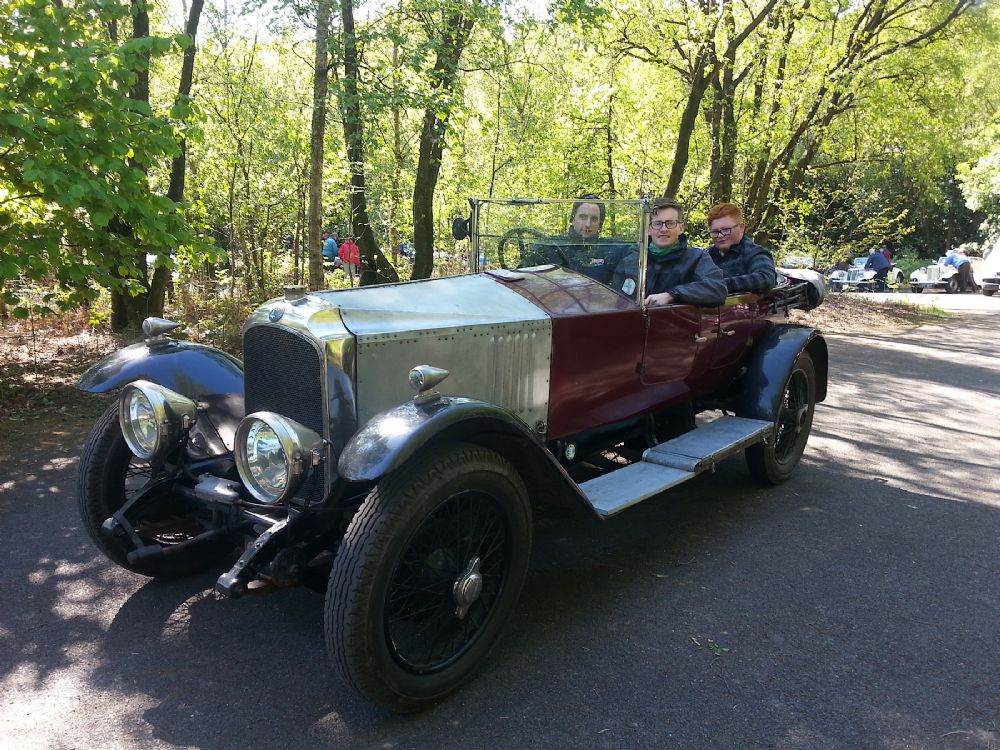
Simon J
J3437 |
 |
|
|
Cathelijne
Netherlands
748 Posts |
 Posted - 13/11/2019 : 05:45:38 Posted - 13/11/2019 : 05:45:38

|
| I think the unidentified car in the pic looks much smaller than a Vauxhall, it seems itís not much larger than the M-type. |
 |
|
|
MaGic_GV
United Kingdom
868 Posts |
 Posted - 13/11/2019 : 11:15:14 Posted - 13/11/2019 : 11:15:14

|
Was a time when we could all recognise a car by its radiator. Alas in these days of jelly moulds it is no longer possible. I was sure I have seen this radiator shape before and after some digging think it is an Argyll - a Scottish make, and seeing the location it is all the more likely!
Regards,
Graham
|
 |
|
|
Simon Johnston
United Kingdom
6637 Posts |
 Posted - 13/11/2019 : 12:32:54 Posted - 13/11/2019 : 12:32:54

|
I donít think itís an Argyll which seems to have a radiator with parallel sides, but Iíd agree - it looks familiar. As an aside, the Argyll was one of the first cars with four wheel brakes!
Simon J
J3437 |
 |
|
|
Cooperman
United Kingdom
795 Posts |
 Posted - 13/11/2019 : 14:27:25 Posted - 13/11/2019 : 14:27:25

|
I thought at first that it was a Standard, but again the radiator isn't quite right.
John Cooper M 628 |
 |
|
|
Centric
United Kingdom
142 Posts |
 Posted - 13/11/2019 : 14:44:53 Posted - 13/11/2019 : 14:44:53

|
| Possibly a Minerva |
 |
|
|
Simon Johnston
United Kingdom
6637 Posts |
 Posted - 13/11/2019 : 14:58:49 Posted - 13/11/2019 : 14:58:49

|
Itís an unusual radiator in that itís wider at the bottom than the top. Most radiators of the vintage era would seem to either have parallel sides or else a slight taper from top to bottom. The Bean is one car with a radiator wider at the bottom but it has a smooth curve to the top. More research needed!
Simon J
J3437 |
 |
|
 Topic Topic  |
|

